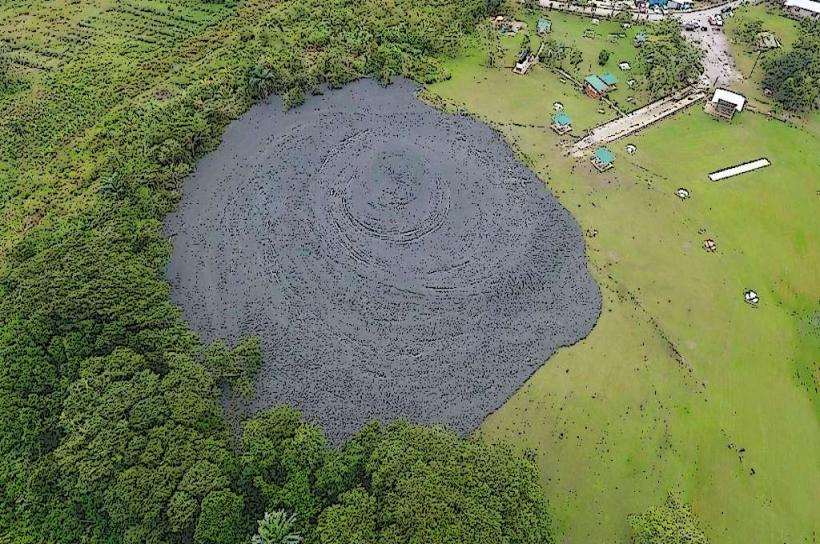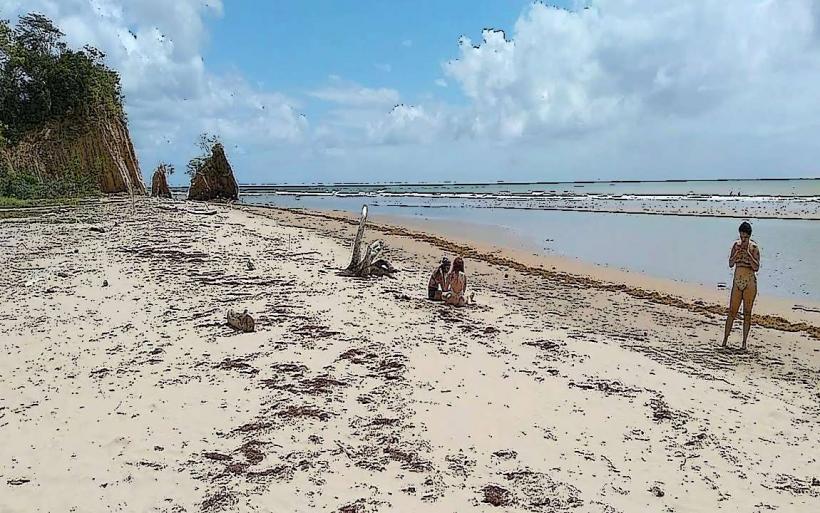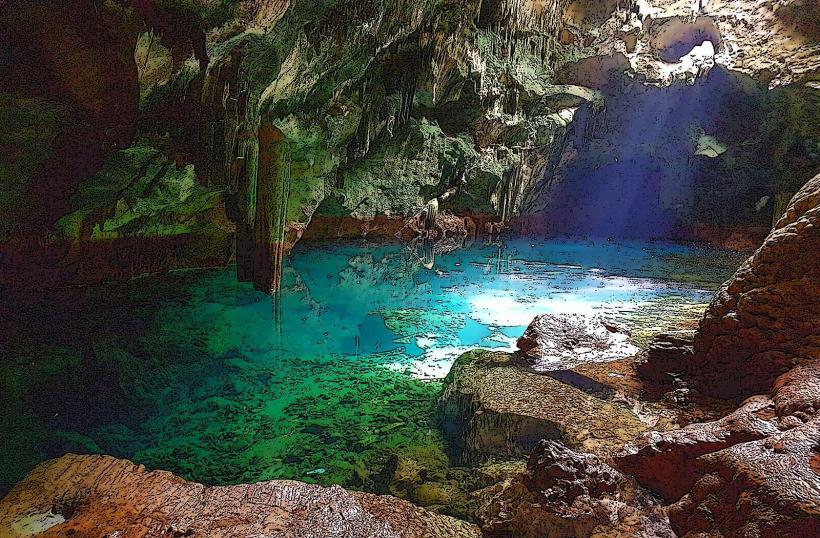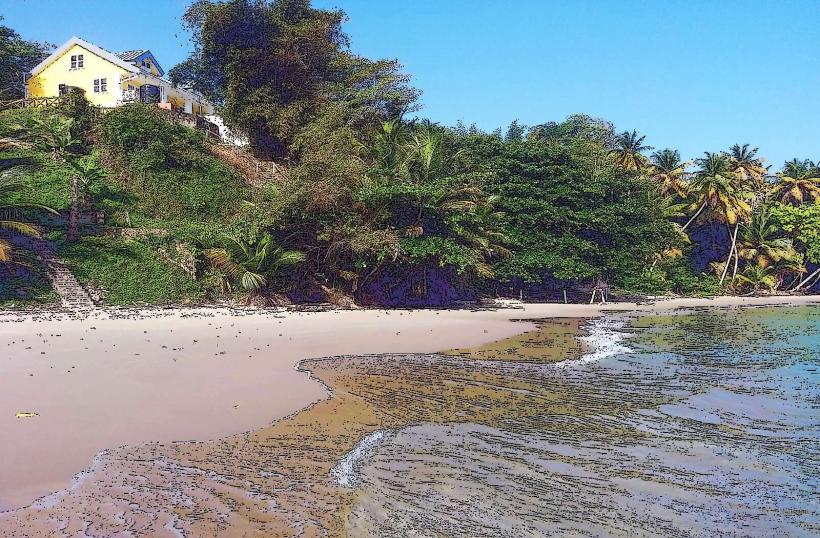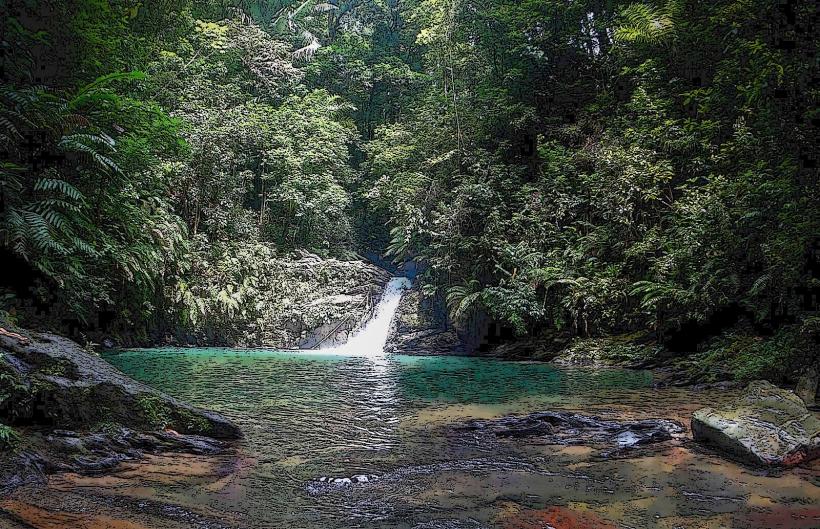Information
Landmark: Indian Caribbean MuseumCity: Princes Town
Country: Trinidad and Tobago
Continent: North America
The Indian Caribbean Museum is a museum located in Chaguanas, Trinidad, dedicated to showcasing and preserving the history, culture, and contributions of Indo-Caribbean people. The museum highlights the significant impact that Indian indentured laborers and their descendants have had on the development of Trinidad and the wider Caribbean. These laborers were brought to the region between the 19th and early 20th centuries, primarily to work on sugar plantations after the abolition of slavery.
1. History and Background
- Indian Migration to the Caribbean: The museum focuses on the history of Indian migration to the Caribbean, beginning in the 1830s, when the British colonial government began importing indentured laborers from India to work on sugar estates, particularly in Trinidad and Guyana. The laborers were primarily from rural areas of India and came from various regions, religions, and ethnic groups. They were subjected to long periods of indenture, working under harsh conditions for little pay.
- Over time, the Indian community in the Caribbean grew, with many people eventually becoming landowners, entrepreneurs, and influential figures in society. The Indian Caribbean Museum aims to tell the story of this migration and the lasting legacy of Indian culture in the region.
2. Location and Setting
- The Indian Caribbean Museum is located in the town of Chaguanas, in central Trinidad. Chaguanas is a significant area for the Indo-Trinidadian community, as it has a large population of people of Indian descent. The museum is situated in a cultural hub that reflects the diverse heritage of Trinidad and Tobago.
- The museum is housed in a space that is designed to create an immersive experience for visitors, with exhibits, displays, and artifacts that reflect the rich cultural heritage of the Indo-Caribbean people.
3. Exhibits and Collections
The museum offers a comprehensive collection of artifacts, photographs, documents, and historical objects that help tell the story of Indian indentured laborers and their descendants. Some of the key exhibits and collections include:
Historical Artifacts: The museum showcases tools, utensils, and objects that were used by Indian indentured laborers during their time in the Caribbean. These items reflect daily life, the hardships they endured, and the adaptation of Indian traditions to the Caribbean environment.
Photos and Documents: The museum has an extensive collection of photographs, letters, and official documents that chronicle the history of Indian migration, the life of indentured workers, and the cultural evolution of the Indian diaspora in the Caribbean. Many of these photographs capture significant moments, including migration, religious celebrations, and community events.
Cultural Art: The museum features a variety of artistic displays that highlight the visual arts, including traditional Indian crafts, textiles, and clothing. Visitors can learn about the techniques and styles that have been passed down through generations, such as Indian embroidery and the making of saris.
Religious and Cultural Artifacts: As religion plays a significant role in Indo-Caribbean culture, the museum showcases objects related to Hinduism, Islam, and Sikhism, which are the primary religions practiced by the Indian diaspora. These include statues of deities, religious texts, temple items, and prayer beads.
Music and Dance: The museum highlights the role of music, dance, and theatre in Indo-Caribbean culture. Instruments like the dholak and tabla, as well as dance forms like chutney and dandia, are featured. The cultural fusion that resulted from the blending of Indian and Caribbean traditions is celebrated in the museum’s exhibits on performing arts.
Indo-Caribbean Cuisine: The museum often explores the culinary contributions of the Indian community to Trinidadian cuisine. This includes the use of spices, traditional cooking techniques, and the creation of hybrid dishes like roti, dhal puri, and chutney.
4. Educational Programs and Activities
- The museum offers various educational programs aimed at promoting awareness of the Indo-Caribbean heritage, both for locals and international visitors. These programs include:
- School Outreach: The museum organizes visits and programs for students to educate them about the significance of Indian immigration to the Caribbean and its cultural legacy.
- Workshops: The museum hosts workshops on topics such as Indian music, dance, and traditional crafts, allowing participants to learn and experience aspects of Indo-Caribbean culture firsthand.
- Cultural Events: Throughout the year, the museum organizes events in celebration of significant cultural holidays, such as Diwali, Holi, and Indian Arrival Day. These events feature performances, storytelling, exhibitions, and demonstrations that showcase Indian traditions and how they have evolved in the Caribbean.
5. Indian Arrival Day
- Indian Arrival Day (celebrated on May 30th each year) is a key event in the museum's calendar. It commemorates the arrival of the first Indian indentured laborers to Trinidad in 1845. The museum marks this day with special exhibits, lectures, and performances that highlight the contributions of Indians to Trinidad and Tobago's development.
- The museum is often a focal point for local communities during this celebration, offering an opportunity for people to reflect on their heritage, cultural pride, and the struggles and achievements of their ancestors.
6. Impact and Importance
- The Indian Caribbean Museum serves as an important cultural and historical institution for the Indo-Trinidadian and Tobagonian community. It acts as a reminder of the legacy of Indian indentured labor and the many challenges faced by early migrants. Through its collections and programs, the museum fosters a deeper understanding of the Indian-Caribbean identity, and highlights the role that this community has played in shaping the cultural landscape of Trinidad and Tobago.
- It is also a valuable resource for those interested in learning about the ethnic diversity of the Caribbean and the historical process of migration, colonialism, and cultural adaptation that shaped modern Caribbean societies.
7. Conclusion
The Indian Caribbean Museum is an essential institution for preserving and promoting the rich history and culture of the Indo-Caribbean people. Through its diverse exhibits, educational programs, and cultural events, the museum helps visitors understand the impact of Indian migration and how the Indo-Trinidadian community has contributed to the development of Trinidad and Tobago’s multicultural society. It stands as a symbol of cultural pride and historical significance for Indo-Caribbean people and is an excellent place for anyone looking to gain a deeper appreciation of the diverse heritage of the Caribbean.

